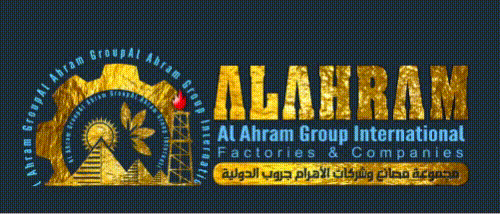




Minimum of 30,000 MT / month and Maximum of 100,000 MT / month
Origin: Russia / Saudi Arabia Venezuela / Iran / Iraq / Egypt
Minimum of 30,000 MT / month and Maximum of 100,000 MT / month
Origin: Russia / Saudi Arabia Venezuela / Iran / Iraq / Egypt
FERTILIZERS

AGRICULTURE


PHOSPHATE
PHOSPHATE
Phosphorite, phosphate rock or rock phosphate is a non-detrital sedimentary rock which contains high amounts of phosphate bearing minerals. The phosphate content of phosphorite is at least 15 to 20%; if it is assumed that the phosphate minerals in phosphorite are hydroxyapatite and fluoroapatite, phosphate minerals contain roughly 18,5 % phosphorus by weight and if phosphorite contains around 20% of these minerals, phosphorite is roughly 3,7 % phosphorus by weight, which is a considerable enrichment over the typical sedimentary rock content of less than 0.2%.
Usage
For general use in the fertilizer industry, phosphate rock or its concentrates preferably have levels of 30% phosphorus pentoxide (P2O5), reasonable amounts of calcium carbonate (5%), and <4% combined iron and aluminium oxides. Worldwide, the resources of high-grade ore are declining, and the beneficiation of lower grade ores by washing, flotation and calcining is becoming more widespread.
Egypt’s phosphate mines, deposits, and occurrences
State: Egypt
Location: Abu Bayan Area/Dungul and Kurkur
Deposit type: Marine chemical sediment
Age of mineralization: Late Cretaceous
Egypt’s major industrial mineral export is phosphate, producing 1500 Mt in 2003 and 2002. Phosphate and limestone are mined near Bur Safaga and Quseir on the Red Sea Coast





